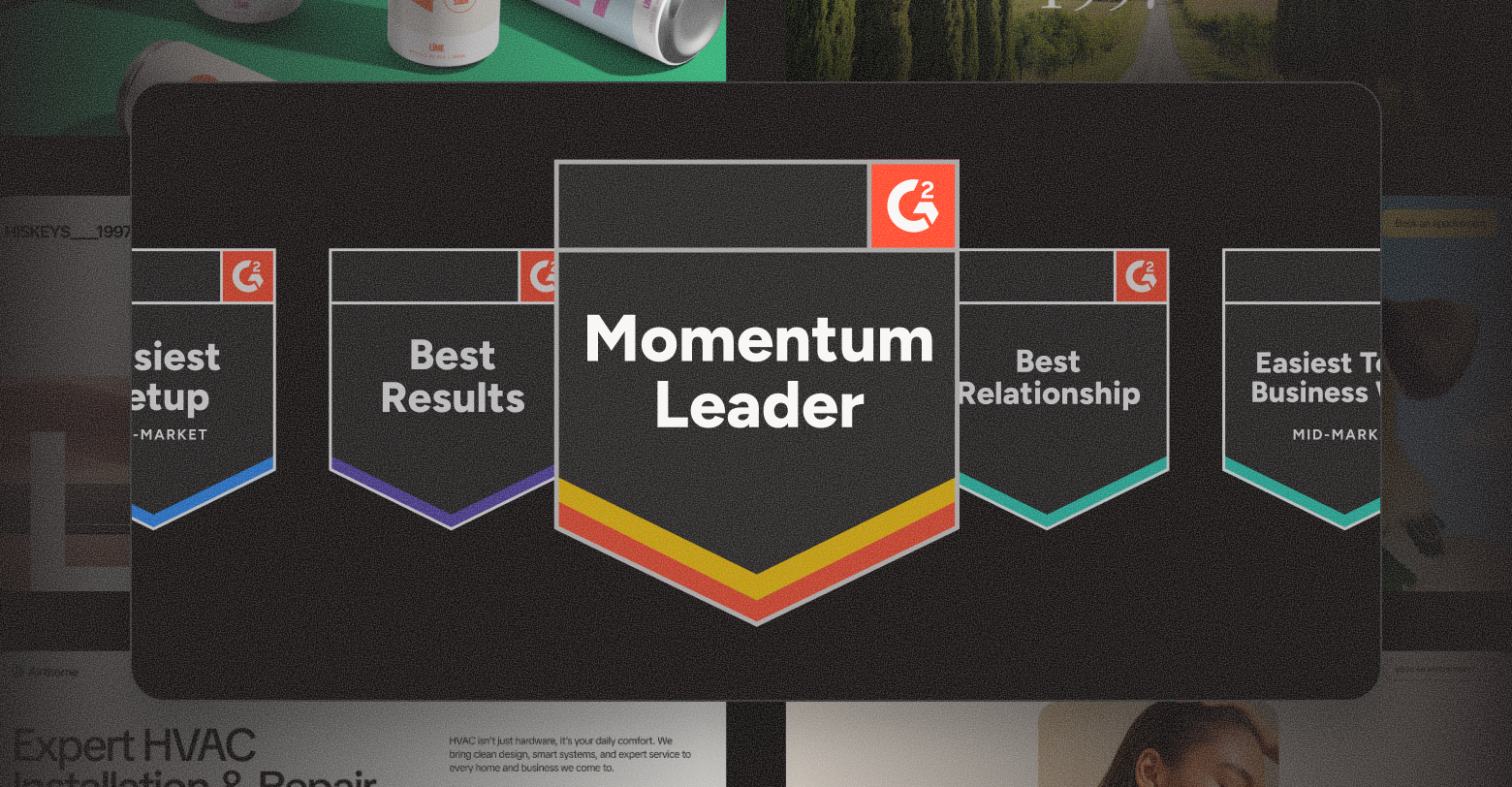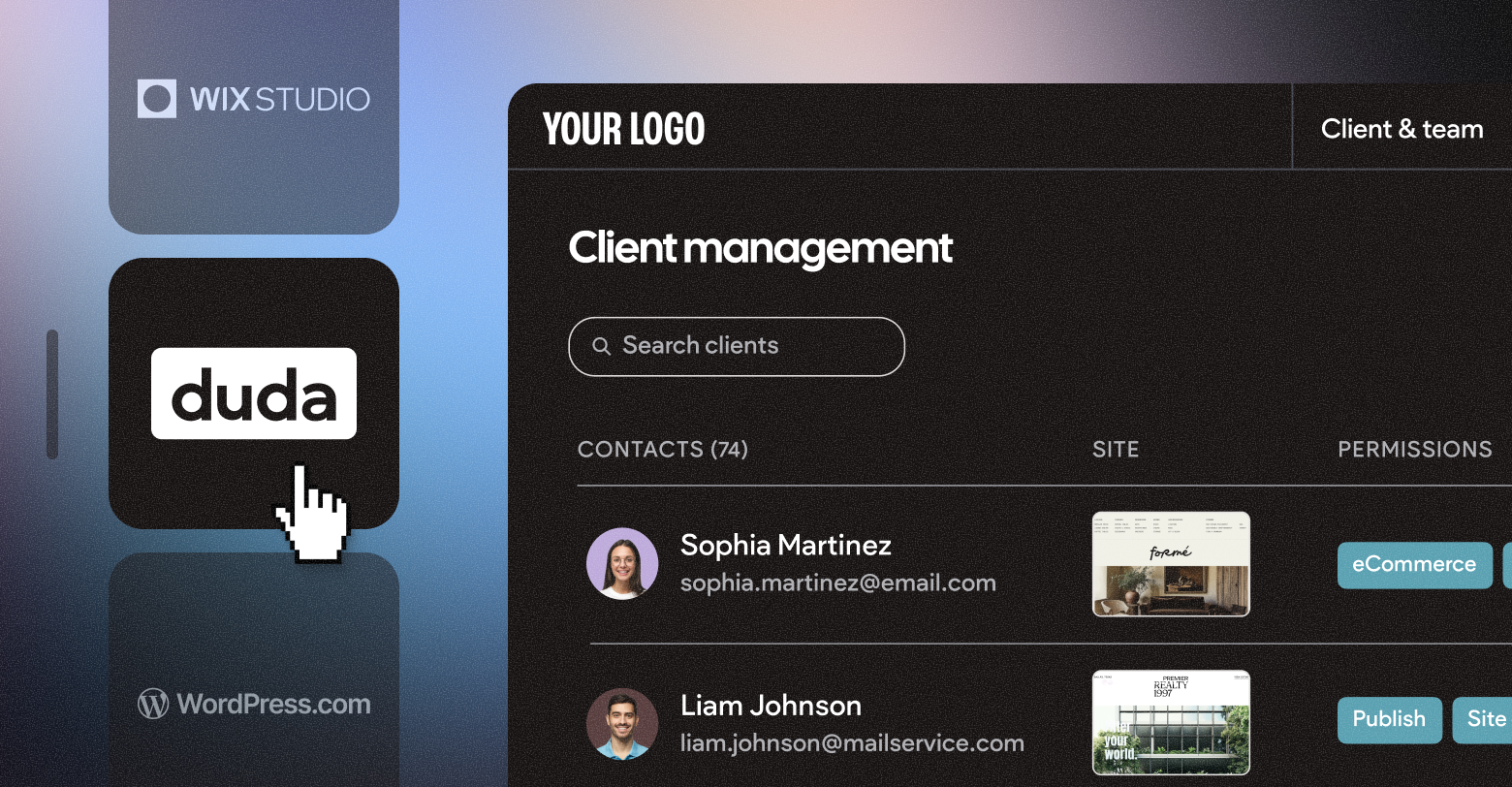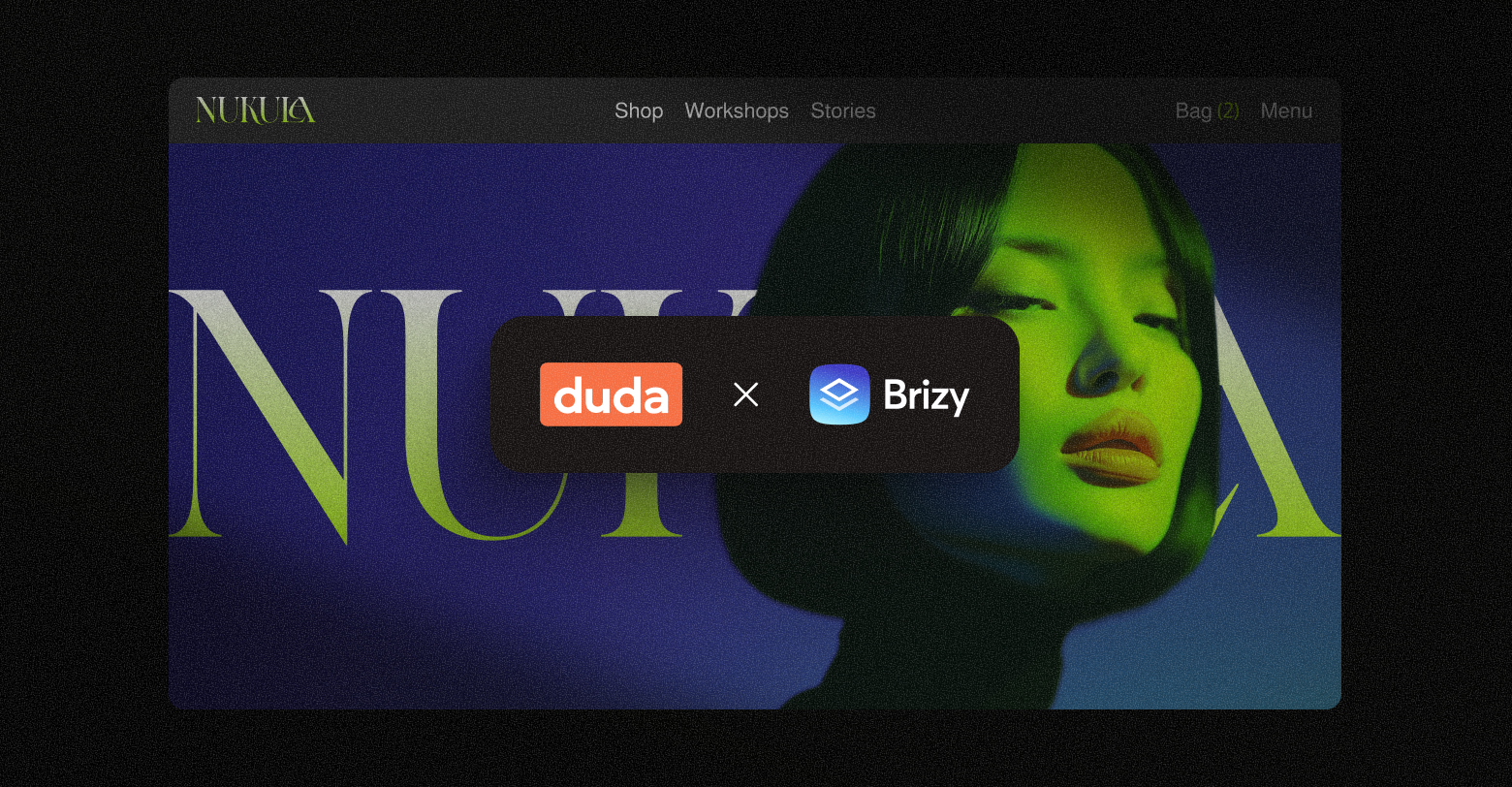You may have never heard the term ‘product-led growth’ before, but if you provide digital products or services to small businesses, trust me, it’s an idea worth exploring.
Product-led growth (PLG) strategies have proven to be highly effective over the past few years, with more and more companies adopting them and reaping the benefits they bring to a business. And PLG is especially effective when it comes to offering high-demand, sexy products like websites.
In this blog post, I'll explore how websites can enable your digital marketing agency or SaaS business for growth, and how a
white label
website builder like Duda can help.
PRODUCT-LED GROWTH: AN OVERVIEW
Many companies currently use a product-led growth strategy to run their business, but that wasn’t always the case. PLG strategies are a relatively new approach to growing a business that contains elements of both sales-led and marketing-led strategies.
Many companies currently use a product-led growth strategy to run their business, but that wasn’t always the case. PLG strategies are a relatively new approach to growing a business that contains elements of both sales-led and marketing-led strategies.
Only a short while ago, the main driver of growth that many companies leaned on was direct sales. The door-to-door approach, outbound calls or just good old-fashioned pitching to customers would be the main way to drive the success of your company.
Around the same time, marketing-led strategies also became highly popular with many sophisticated methodologies for advertising, content creation and distribution, social media management, inbound marketing, etc. This wing of business became responsible for attracting, converting and nurturing the leads, and fueling the sales team with great opportunities.
Nowadays, the product itself often becomes one of the key drivers of customer conversion. People love to test everything before they buy, and if you can prove your value proposition right when a lead engages with a product, you can drastically improve conversion rates, often with a relatively low cost per acquisition. This ‘test’ can manifest itself in many ways, such as a free trial, freemium experience, or a low-cost entry version, but no matter how you choose to give customers a taste of what you offer, it’s an excellent way to hook customers right from the get-go.
Today, all kinds of digital solutions providers (like Duda!) are using PLG to expand their customer base, and many have even adopted it as their sole method for acquiring new customers. Now, let’s take a few moments to explore how offering websites can fit comfortably into a successful product-led growth strategy for your business.
How Websites Can Help You Capture More Customers
Not all leads are ready for your flagship product or service, such as a CRM or Marketing Automation Platform, and many may abandon your conversion funnel entirely during the customer journey. By offering sites at an affordable price, you can turn those would-be lost leads into customers and then have your sales or customer success team upsell them on your higher-tier products or services. This strategy not only increases customer conversion but also saves you money.
It is at least 5 times more expensive to acquire a new customer than to sell to your existing base.
Another common product-led growth scenario is to tie websites directly to your services/products that require a digital presence (e.g. a content marketing service, marketing automation platform, chat platform, etc.). This removes a key barrier to entry by providing leads with everything they need in one package.
For example, if you sell AdWords services to your customers, you could include a Duda landing page for free if they spend more than X amount per month. This approach incentivizes your clients to spend more on AdWords campaigns and delivers better results thanks to Duda’s conversion-driving features. Once your customers see a strong ROI from these campaigns, they’ll keep investing in your service, which creates a virtuous cycle that benefits both you and them.
One New Product Can Lead to Lots of New Revenue Streams
Imagine if you could offer a new product to your leads or customer base without investing a lot of money on infrastructure or developers? Well, adding websites to your product offering by integrating with a trusted third-party provider allows you to do just that — but that isn’t the only benefit.
With the right web design platform, you can offer a stellar do-it-yourself service for some customers, while simultaneously offering a do-it-for-me professional design service at a premium price. And once you have a customer hooked on a DIFM service, the upsell opportunities are practically endless.
Decrease Churn
Whether you are offering a service or product, if a customer builds a website with you (and it delivers results and performance), they’re more than likely to stick around for quite a while. Migrating a website is not something small businesses like to do often, particularly when they’re satisfied with your service. Websites are a great way to improve product “stickiness” and customer loyalty.
Additionally, if a customer relies on you for an expensive/complex product or service, offering a low-cost (or free) website will encourage them to stick with you even if they’re considering churning on your flagship offering. This keeps the customer in your book of business, providing you ample opportunity to save their account.
How Duda Can Help
Now that we’ve thrown up a lot of ideas, it’s time to talk about how you turn theory into reality — and Duda is the perfect platform to help you do it.
Our powerful web design platform enables companies to create sites quickly and easily at scale with a robust set of industry-leading features and tools. And the best part; everything is
white labeled, so your customers will only know you’re using Duda if you want them to.
For example, you can create custom
templates
(or simply use those that already exist in our extensive Template Library) to provide customers with a great do-it-yourself starting point. These templates can then be filled with a customer’s business information in just a few clicks using our best-in-breed technologies, like Connected Data
and Content Injection, both of which have a range of extensible capabilities via our
flexible API.
Duda also offers a one-of-a-kind Widget Builder that allows you to create your own fully-functional unique widgets or integrate third-party services seamlessly into the websites you offer. If you serve a specific vertical, or your customers require something that isn’t native to the Duda platform, our Widget Builder enables you to provide customers with exactly what they need to build a successful web presence.
Related Posts
By Stephen Alemar
•
October 23, 2025
Discover why Duda is a top-rated website builder on G2, recognized for usability, easy setup, strong relationships, and excellent results, all backed by real reviews.
By Ilana Brudo
•
October 16, 2025
Discover why digital marketing agencies are choosing Duda over Wix Studio and WordPress for speed, reliability, and client experience, and how it helps them scale without operational overhead.
By Stephen Alemar
•
October 14, 2025
Duda vs. Brizy: Compare these website builders for agencies focused on scaling, client management, AI, eCommerce, and team collaboration.
Show More











